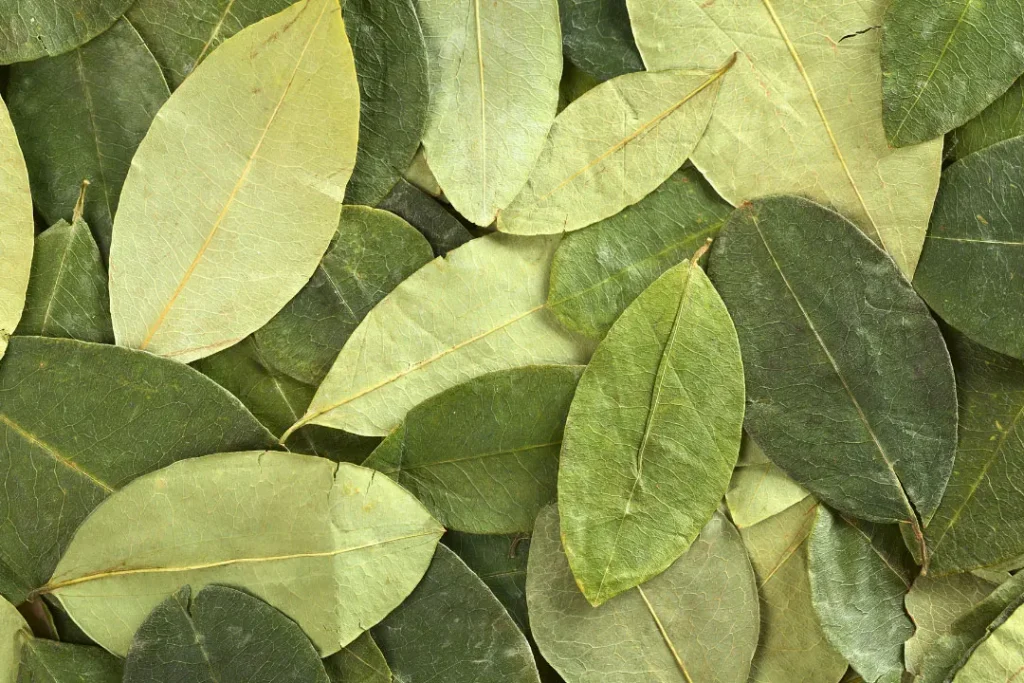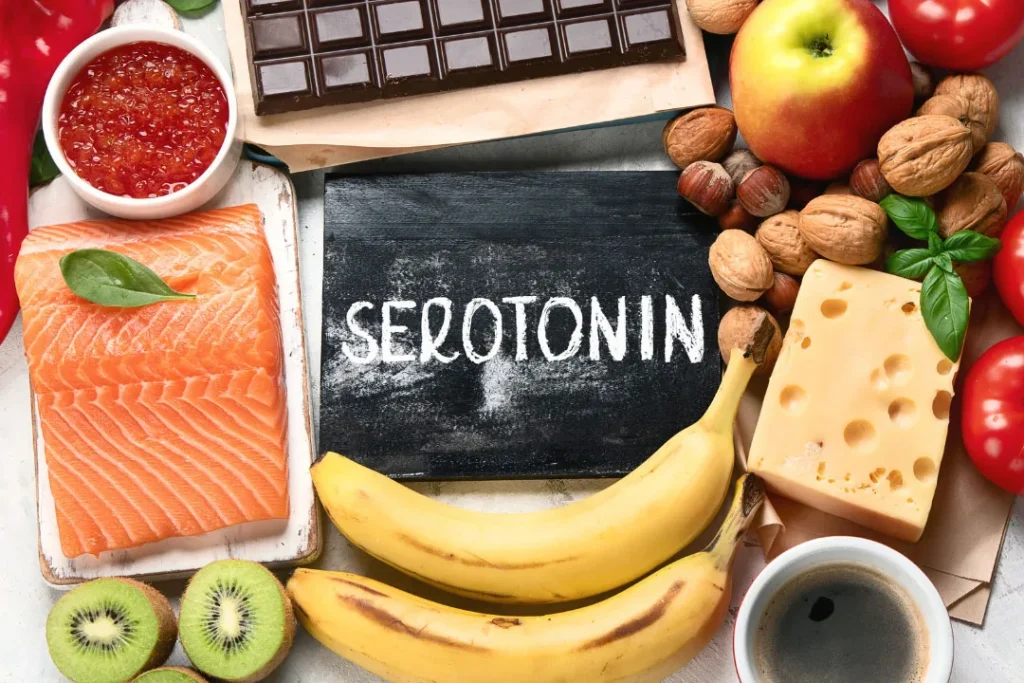The coca plant, also known as erythroxylum coca, is a tropical plant that is native to South America’s Andes. It has a long history of traditional use dating back thousands of years, and it is still used today for many different health purposes. With a focus on the chemistry of the plant and the physiological mechanisms underlying its effects on our body and brain, this article aims to describe the nature, potential health advantages, suggested dosages, side effects, potential substance interactions, and optimal responsible usage of coca.
You May Also Like:
5 Great Nootropic Herbs for Focus and Mental Clarity
Chinese Mallow: Benefits, Dosage, Side Effects, Drug Interactions, and Other Important Information
Coca: Benefits, Dosage, Side Effects, Drug Interactions, and Other Important Information is an original (NootropicsPlanet) article.
Nature of Coca
The coca plant is a shrub that can reach a height of three meters. Its small, oval leaves are what give it most of its medicinal value. Alkaloids, flavonoids, terpenes, and essential oils are among the many bioactive substances found in coca leaves, with the alkaloid substance being the most prominent.

Health Benefits
Traditionally, the primary reason for using coca leaves has been for their stimulant effects, which help with weariness and improve physical endurance when chewed or brewed into a tea. This is mostly due to the presence of cocaine, which functions as a strong stimulant of the central nervous system.
Cocaine works by preventing neurotransmitters like dopamine, norepinephrine, and serotonin from reabsorbing into the brain. Increased concentrations of these neurotransmitters within the synaptic cleft due to this action strengthen their effects and cause an increase in alertness, a decrease in weariness, and an improvement in mood.
The coca leaf has a variety of other bioactive substances, such as terpenes and flavonoids, which are renowned for their anti-inflammatory and antioxidant abilities, in addition to these stimulating effects. Although more research is required to completely understand these chemicals’ effects, they can support overall health and wellbeing.


Chemistry of Coca
The coca plant, erythroxylum coca, is renowned for its intricate phytochemical composition. It includes a variety of alkaloids, with cocaine being the most well-known and strong one. The plant also contains a variety of other bioactive substances, such as flavonoids, terpenes, and essential oils. When coca leaves are consumed, a variety of consequences are brought on by these substances.
Physiological Properties of Coca
The primary alkaloid of coca is crucial to the physiological effects of the plant. Cocaine is a potent stimulant for the central nervous system. It primarily focuses on preventing the brain from reabsorbing neurotransmitters like dopamine, norepinephrine, and serotonin. These neurotransmitters build up in the synaptic cleft as a result of this inhibition, which strengthens and prolongs their effects.
Because cocaine usage raises dopamine levels in the brain, you will experience greater alertness and energy, less weariness, and an elevated mood, which is frequently described as euphoria. It is crucial to remember that these effects, despite being at first seen as advantageous, can cause dependence and addiction with frequent and high-dose use.
Other coca constituents, like flavonoids and terpenes, are known for their anti-inflammatory and antioxidant properties. Antioxidants protect cells from harm caused by free radicals by reducing oxidative stress in the body. On the other hand, anti-inflammatory substances work to lessen inflammation, which is a common pathology in many illnesses. Despite these qualities, the presence of cocaine in coca frequently overshadows these potential advantages because of its large physiological impact and related hazards.


Optimal Dosage
Given the powerful bioactive chemicals found in coca leaves, choosing the right dosage necessitates considerable thought. Traditionally, a tiny handful of leaves (about 2-3 grams) were chewed daily. However, everyone’s physical reactions can vary greatly. Lower doses might be advised due to the heterogeneity in the concentration of bioactive substances, notably cocaine. It is advised to speak with your medical expert before beginning coca leaf supplementation.
Side Effects
Coca leaves have a long history of traditional use, but due to their high cocaine concentration, they can have many negative side effects. These include racing heartbeats, high blood pressure, agitation, and anxiety. Given the strong psychoactive effects of cocaine, high use of coca leaves can result in dependence and addiction in more extreme cases.


Potential Substance Interactions
Coca leaves can interact with various substances due to their stimulant properties, especially those that affect the central nervous system. This includes other stimulants that may intensify the effects of cocaine and may cause overstimulation, such as caffeine and amphetamines. Coca leaves may also interact with drugs that affect heart rate or blood pressure, raising the risk of cardiovascular problems. As always, speaking with a medical professional before starting a coca leaf supplement is advised.
Responsible Use
It is crucial to consume coca leaves responsibly due to the strong psychoactive effects of cocaine. This entails following conventional usage guidelines, looking for high-quality items, and obtaining the advice of your healthcare practitioner. Despite the possible health benefits of coca leaves, due to the hazards connected to excessive cocaine intake, its use should be treated with very high caution.
Coca:
Conclusion
Coca leaves have a long history of traditional use in reducing fatigue and boosting athletic endurance because they are rich in bioactive components. However, due to cocaine’s strong psychotropic properties, use of coca leaves should alwasy be done with caution. To completely comprehend the health advantages and hazards of coca leaves and to design policies for their responsible and safe use, more research is required. Make sure to follow all instructions from the maufacturer and seek advice from your doctor before beginning this supplement.
References:
- “The Pharmacology of Coca.” Retrieved from: https://www.ncbi.nlm.nih.gov/books/NBK234191/
- “The Risks and Benefits of Coca Leaf Consumption.” Retrieved from: https://www.researchgate.net/publication/258245296_The_Risks_and_Benefits_of_Coca_Leaf_Consumption
- Travel medicine, coca and cocaine: demystifying and rehabilitating Erythroxylum – a comprehensive review. Retrieved from:https://tdtmvjournal.biomedcentral.com/articles/10.1186/s40794-019-0095-7
Important Note: The information contained in this article is for general informational purposes only, and should not be construed as health or medical advice, nor is it intended to diagnose, prevent, treat, or cure any disease or health condition. Before embarking on any diet, fitness regimen, or program of nutritional supplementation, it is advisable to consult your healthcare professional in order to determine its safety and probable efficacy in terms of your individual state of health.
Regarding Nutritional Supplements Or Other Non-Prescription Health Products: If any nutritional supplements or other non-prescription health products are mentioned in the foregoing article, any claims or statements made about them have not been evaluated by the U.S. Food and Drug Administration, and such nutritional supplements or other health products are not intended to diagnose, treat, cure, or prevent any disease.
